I am a London-based designer graduating from the MA Architecture course at the RCA.
During my time at the RCA, I have developed an interest in the complex, often contradictory ways that spatial design and the built environment play a role in empowering, or indeed, disabling differently-abled minds and bodies. My interest in the intersection of disability and architecture stems from my personal experience of living with congenital upper limb impairments.
My design practice is informed by disability activism, disability theory, and the disability arts movement. Equally pivotal to my design practice is the affirmation model of disability and impairment; a model which rejects 'tragic' or 'medicalised' perceptions by actively reinforcing a positive and valid identity for differently-abled minds and bodies. I am keen to exercise my agency as a designer to challenge the way disability and impairment are perceived and responded to in the world today.
Prior to my MA, I completed my undergraduate degree at Leeds School of Architecture. My thesis project, which questioned conventional modes of regenerating inner-city areas, was nominated for the RIBA President’s Medals and awarded an RIBA Yorkshire Student Award. Last year I studied with ADS2 - led by David Knight, Diana Ibáñez López, and Ahmed Belkhodj - and explored the politics of development and generation of new forms of architectural agency in the context of National Parks. My project, nominated for the RIBA London West Student Award, harnessed the playful exuberance of the recreational navigation endemic to the Broads National Park to generate a more contextual and engaging solution to the rising sea levels that are already consuming the park’s cherished landscape.
I hope you find my work interesting and engaging. Please feel free to reach out if you have any feedback or thoughts you would like to share with me!
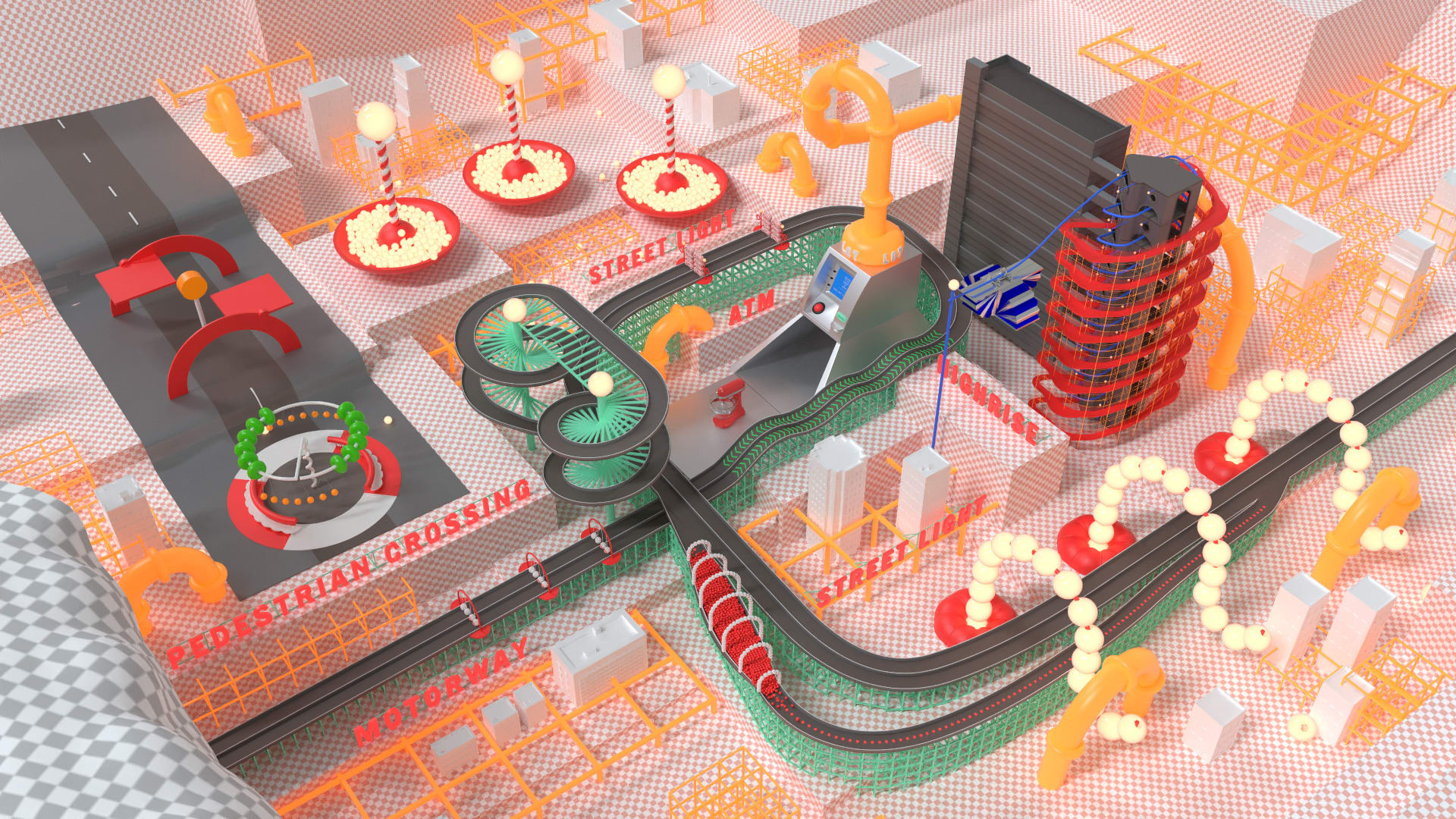
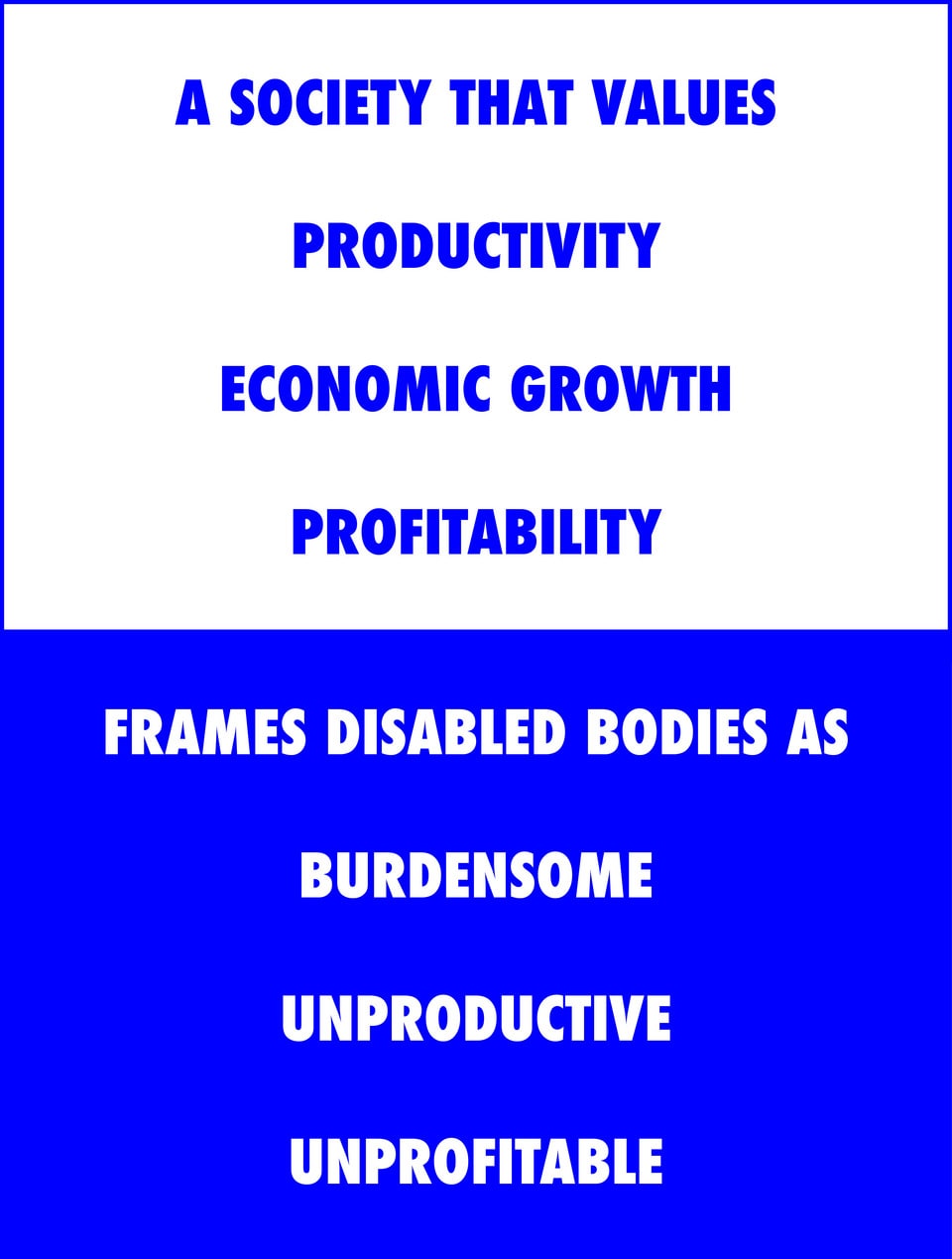
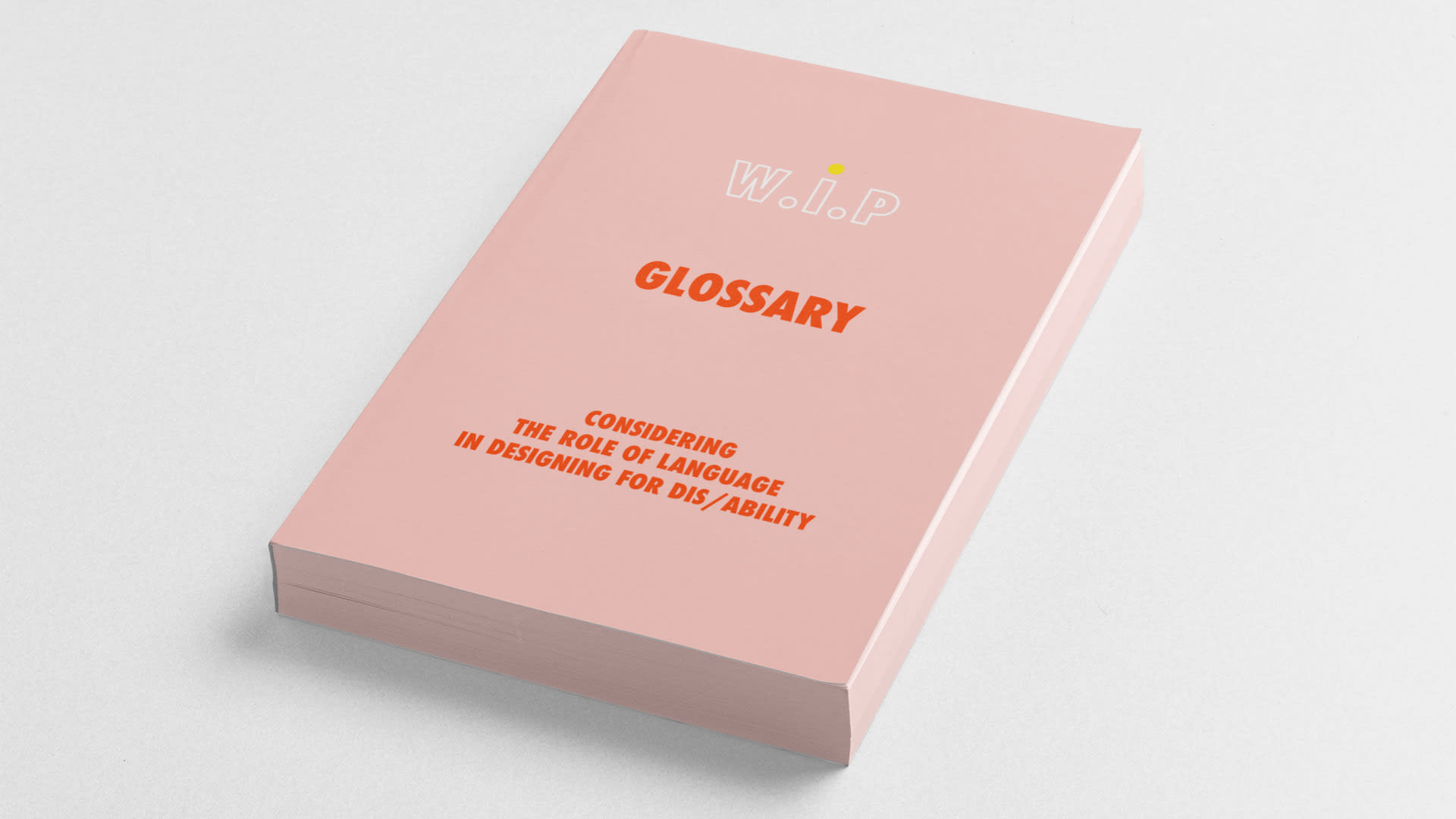

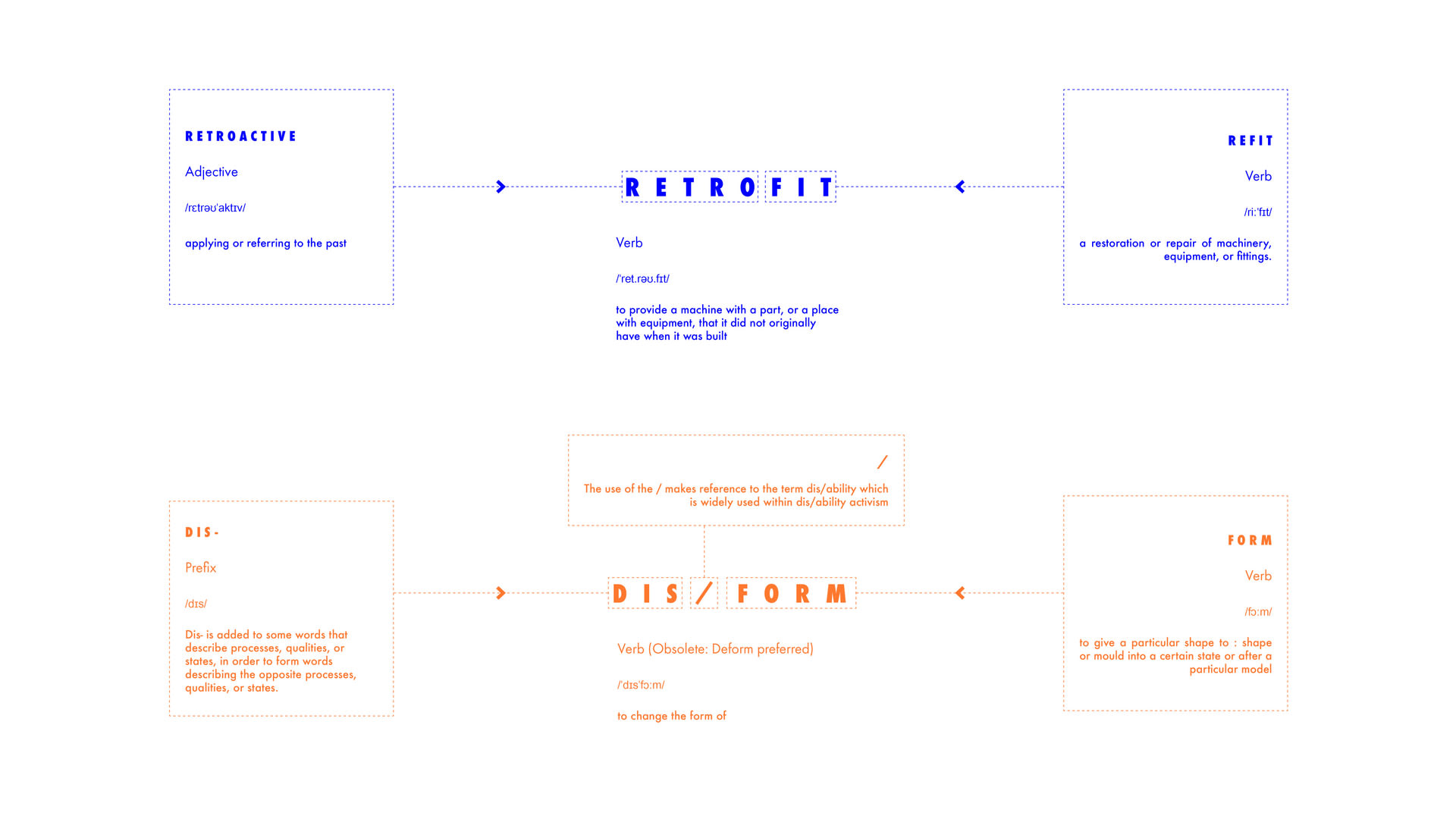

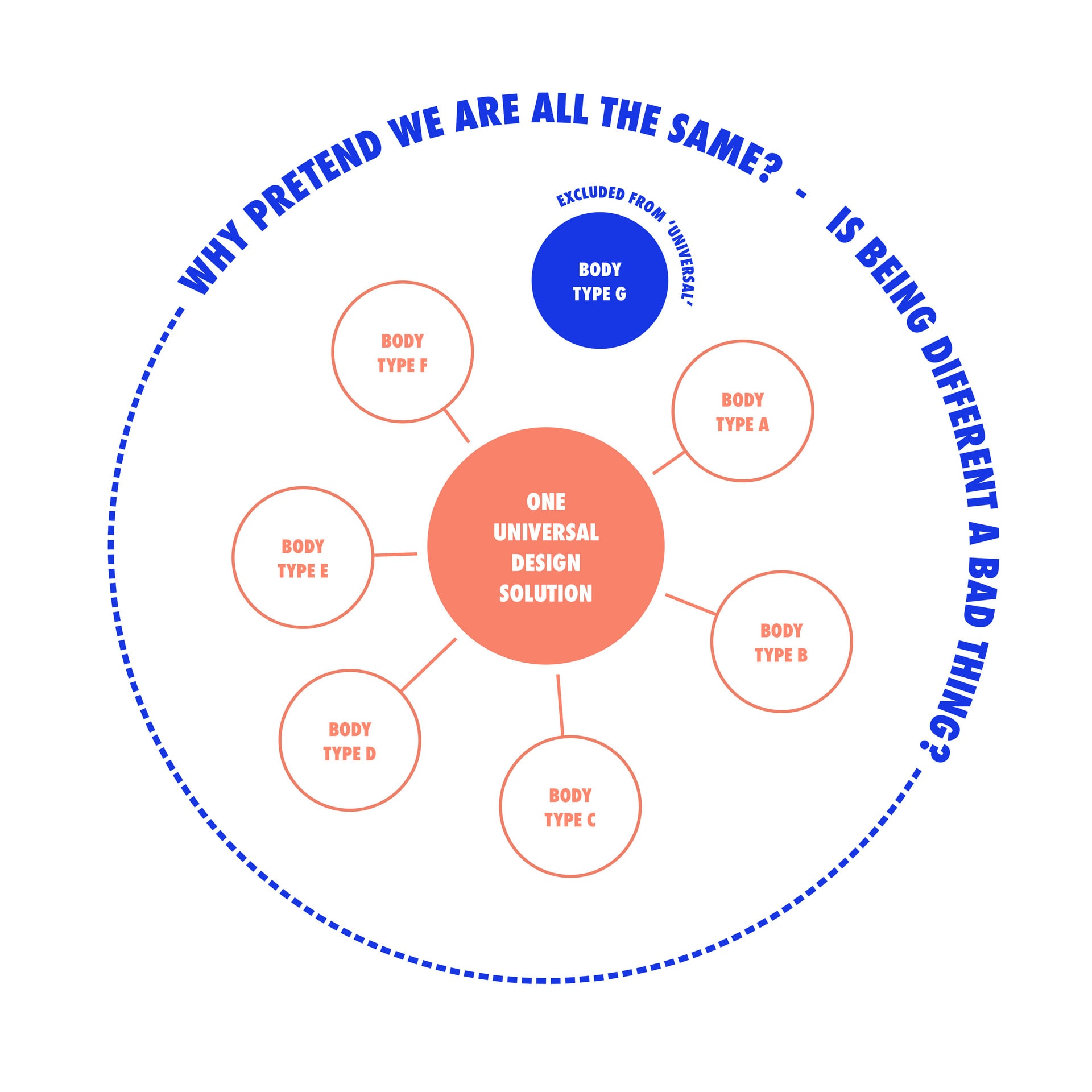
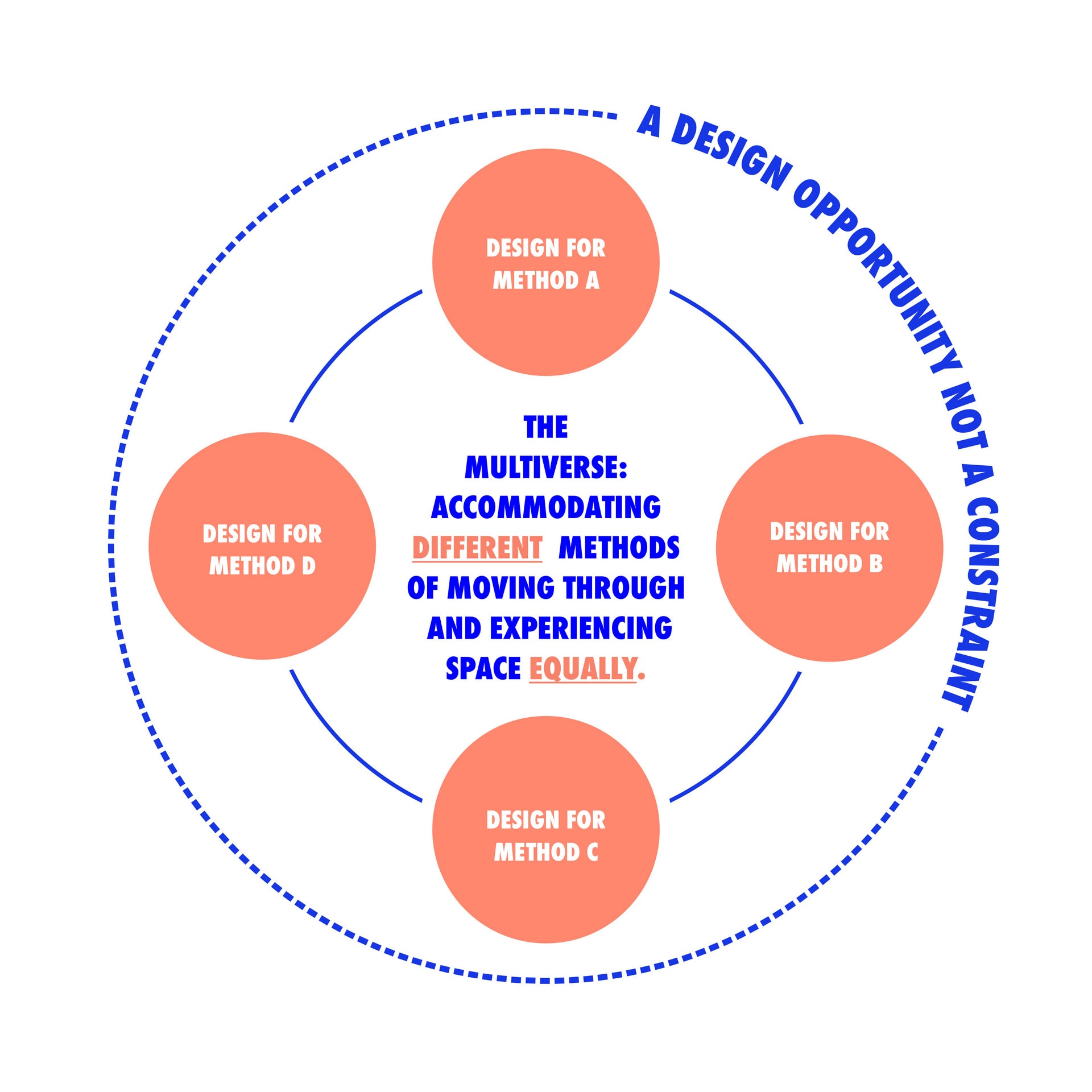





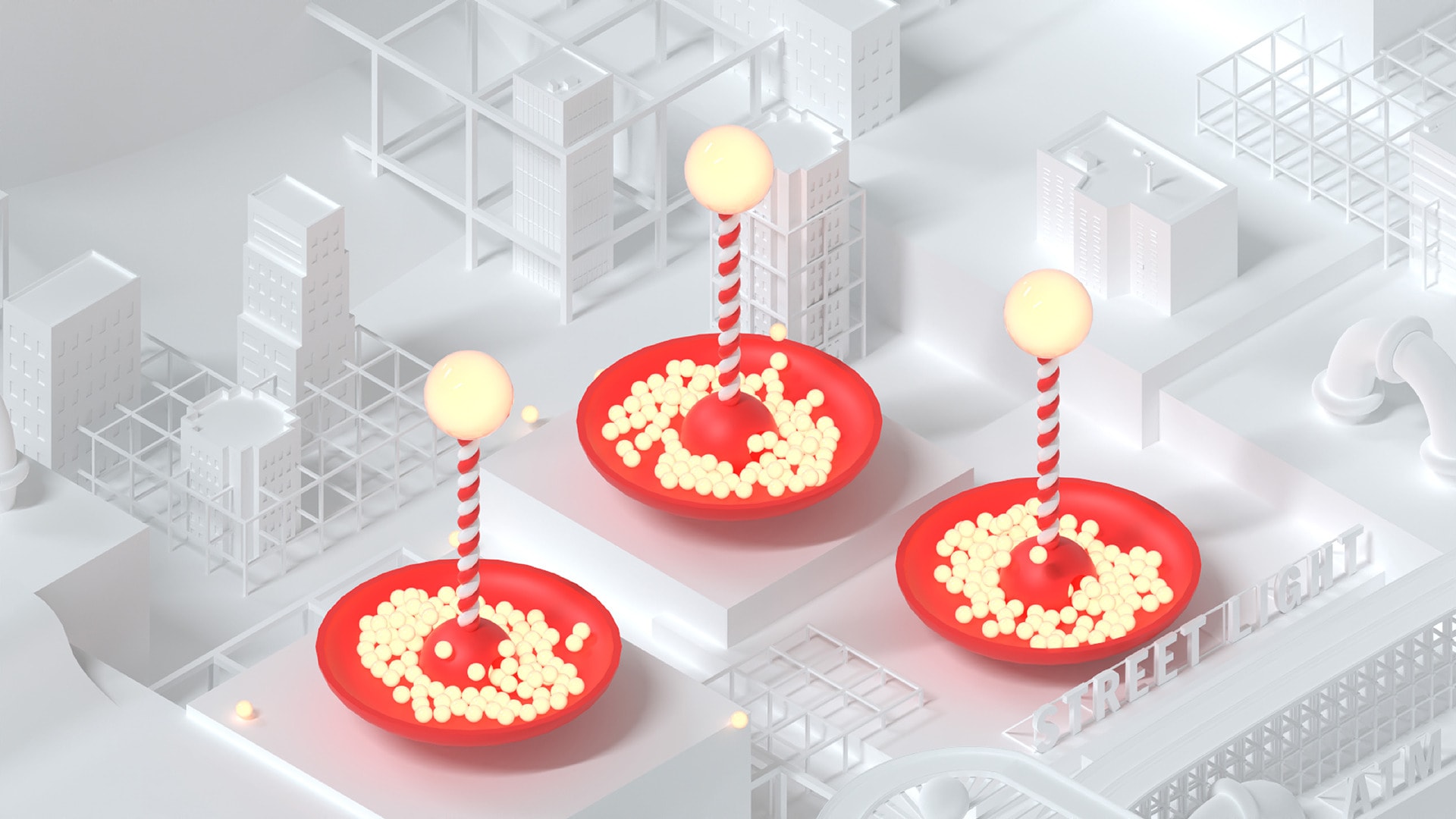


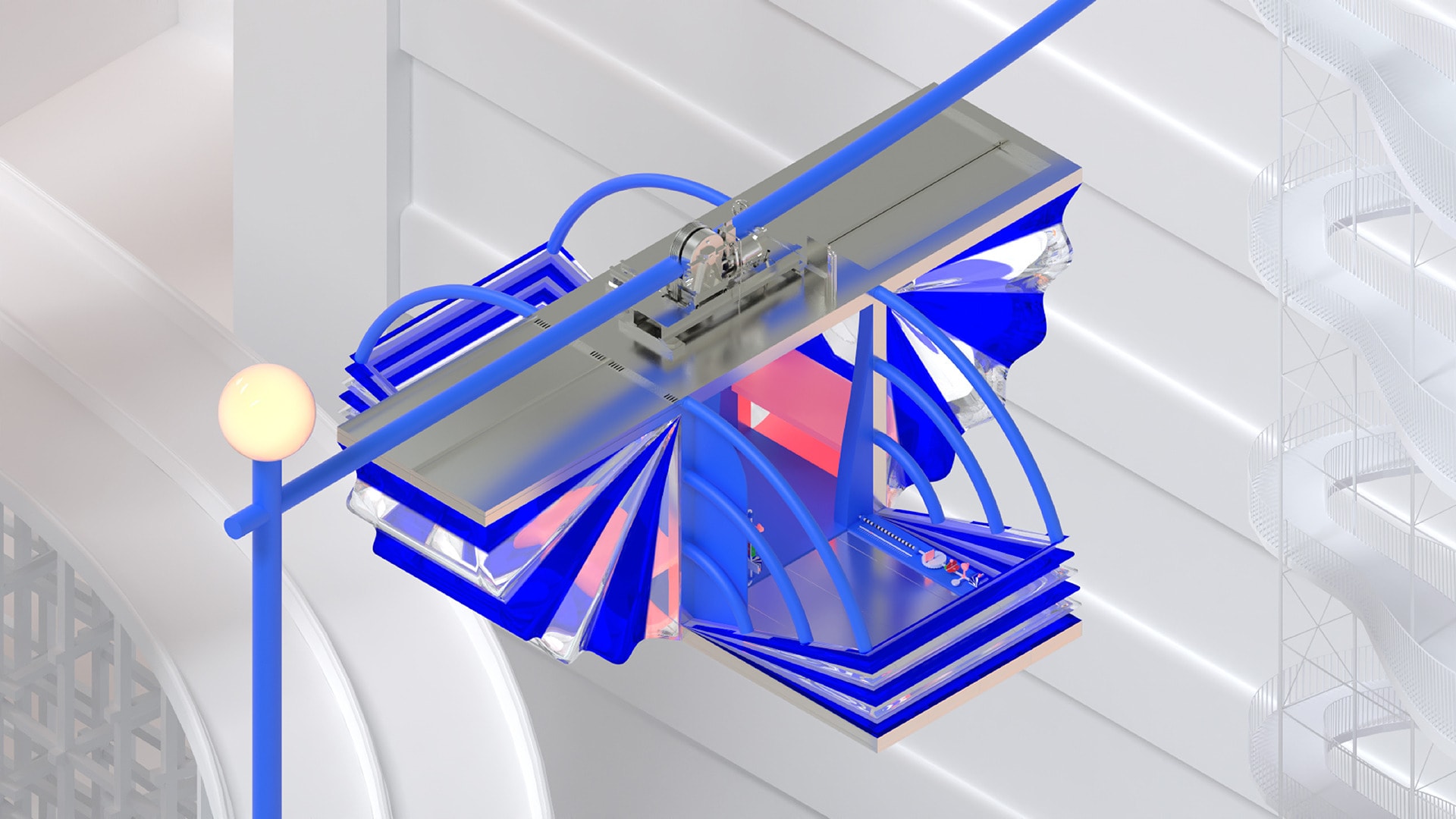
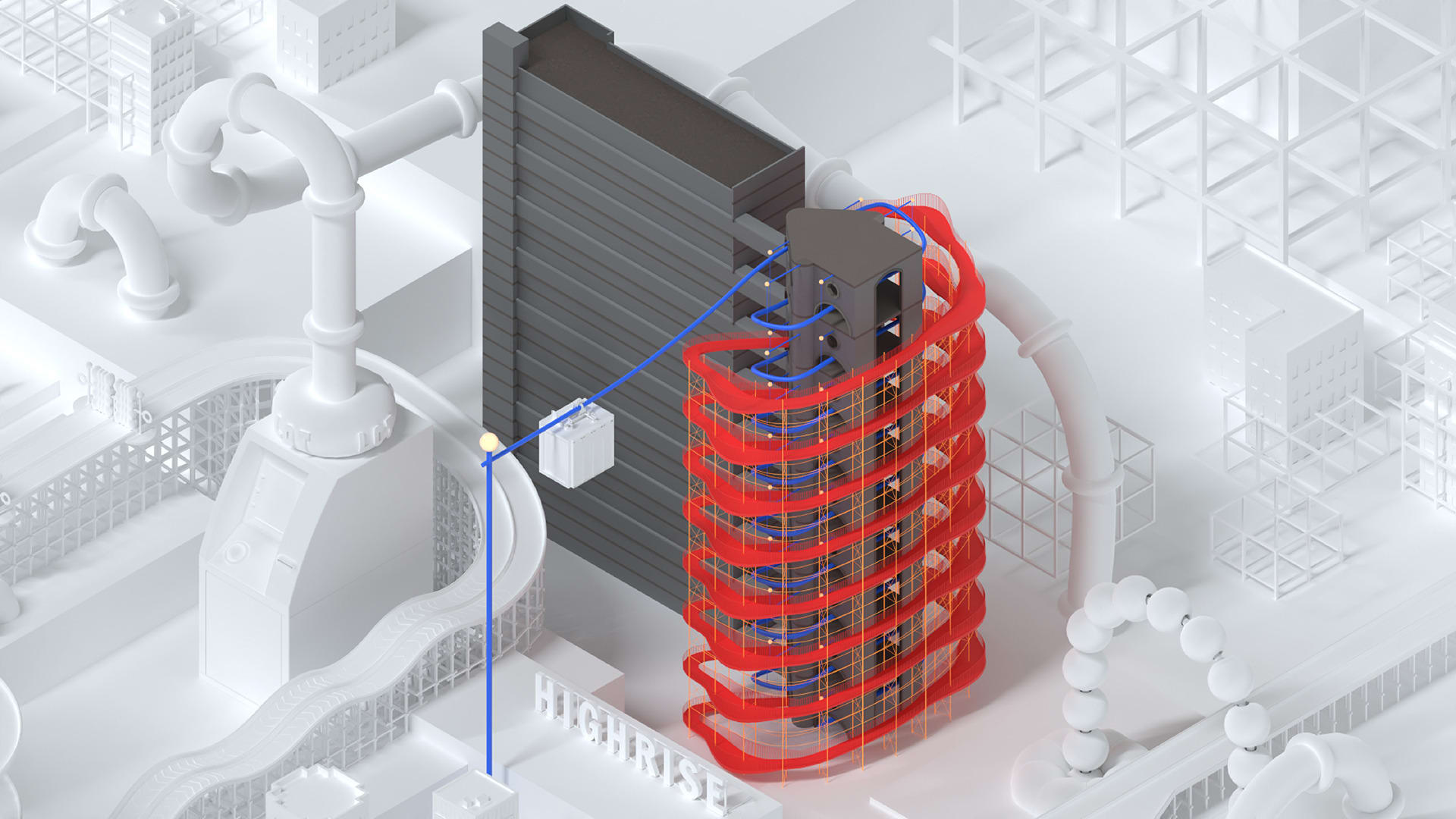
![[untitled]](https://res.cloudinary.com/rca2020/image/upload/f_auto,h_1080,w_1920,c_fill,g_auto,q_auto/v1/rca2021/60ca07ad98de755bbfe745aa-986670?_a=AXAH4S10)
![[untitled]](https://res.cloudinary.com/rca2020/image/upload/f_auto,h_1080,w_1920,c_fill,g_auto,q_auto/v1/rca2021/60ca07ad98de755bbfe745aa-173783?_a=AXAH4S10)